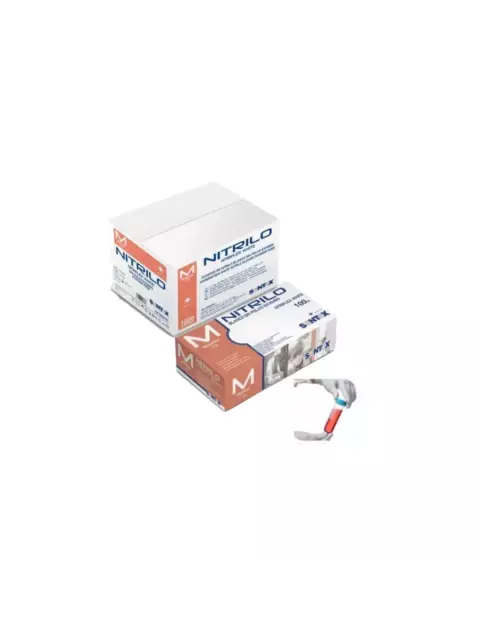
Product description
The product description has not been specified
About Disposable Nitrile Gloves
Disposable Nitrile Gloves provide latex-free hand protection with superior chemical and puncture resistance. These single-use gloves offer excellent tactile sensitivity and a secure fit, making them ideal for healthcare, food service, cleaning, and industrial applications where hygiene and safety are essential.
- Food Service
- Antimicrobial Protection
- Hand Protection
Standards and labels
Santex delivery terms
Free delivery when you order more than 15 000,00 kr from Santex
Supplier shipping fee 55,20 kr
Brand minimum 15 000,00 kr
Santex
Nitrilflex White Nitrile Gloves, 10 x 100 pcs
Santex
Nitrilflex White Nitrile Gloves, 10 x 100 pcs
5 / 5
390,06 kr
Price per 10 packages (1 000 pcs)
39,01 kr / 100 pcs
Shipping fee is 55,20 kr for orders under 15 000,00 kr